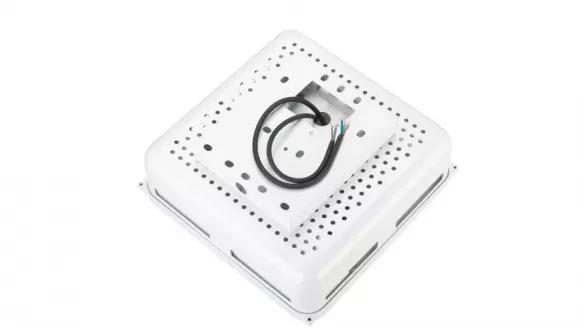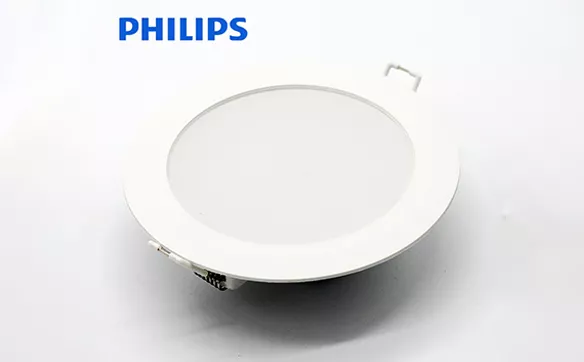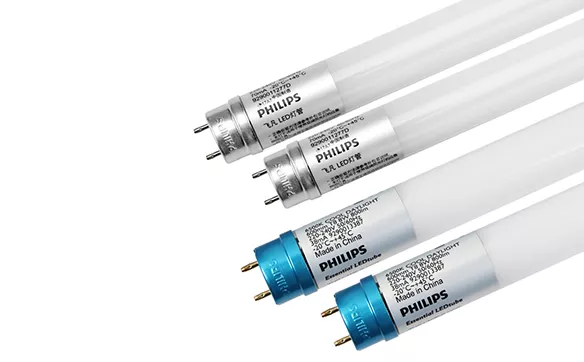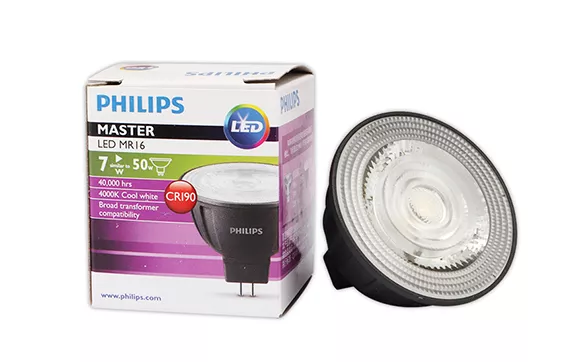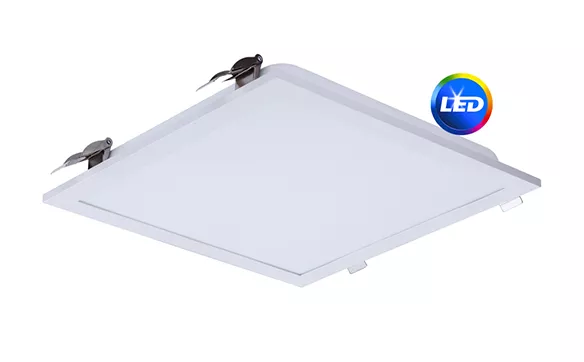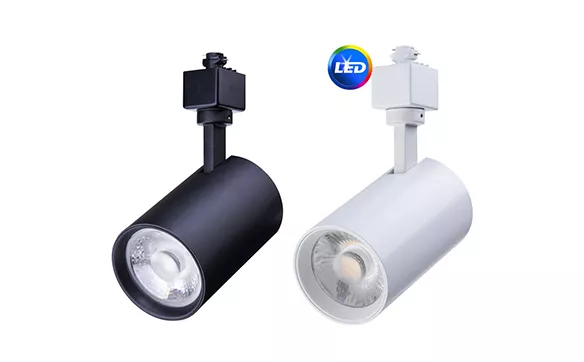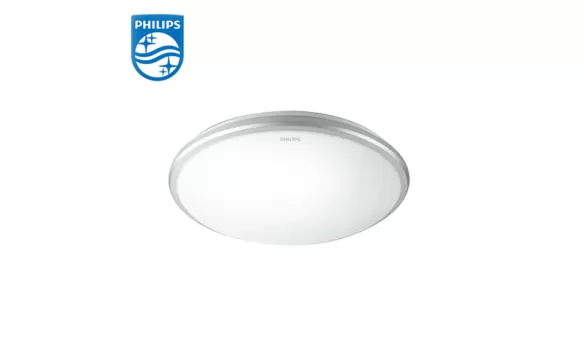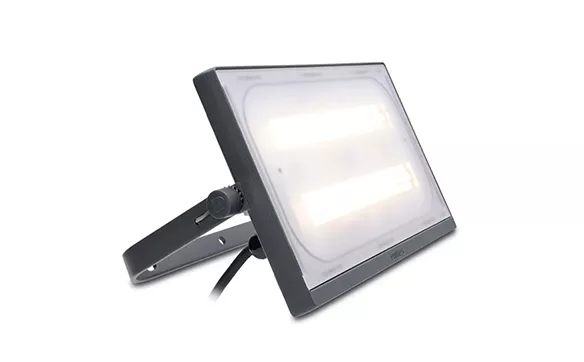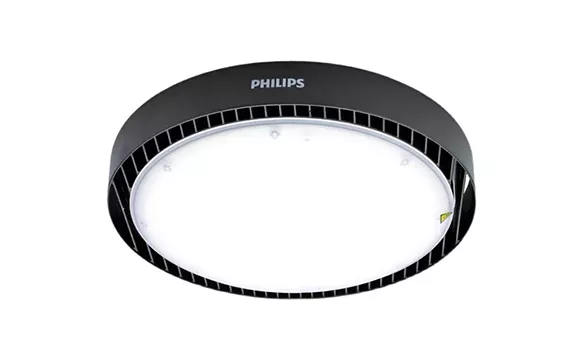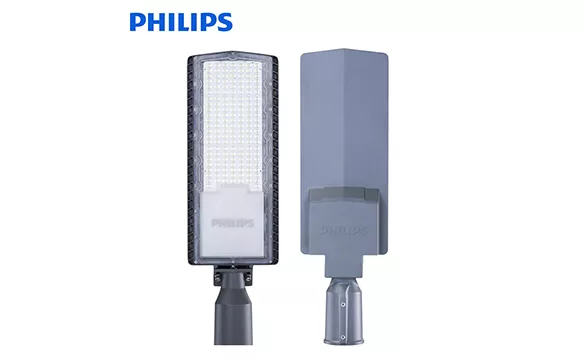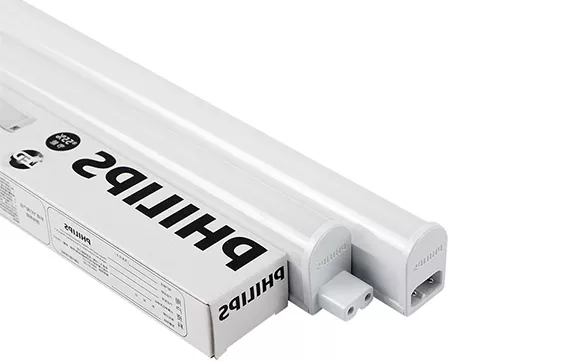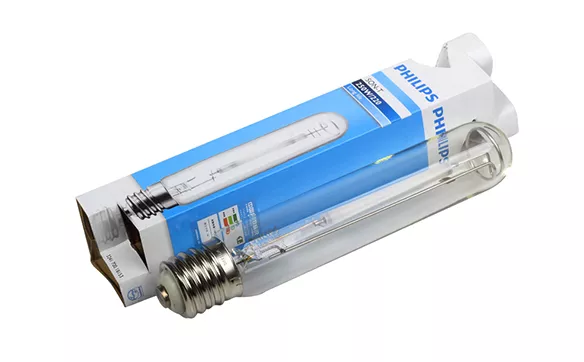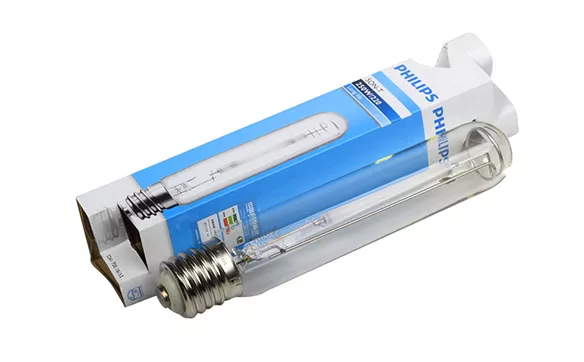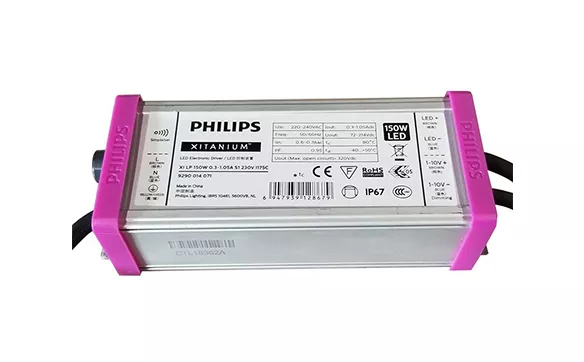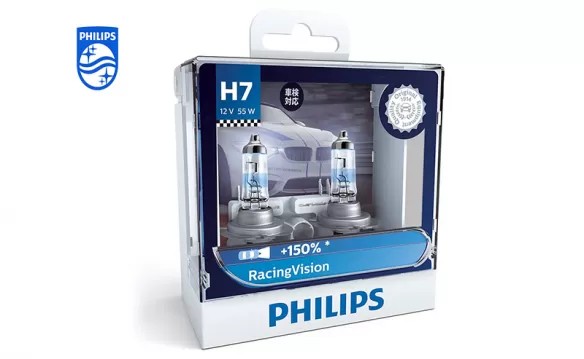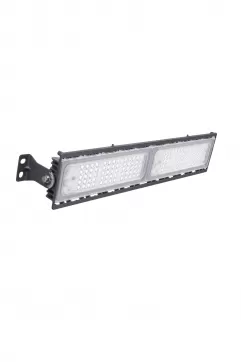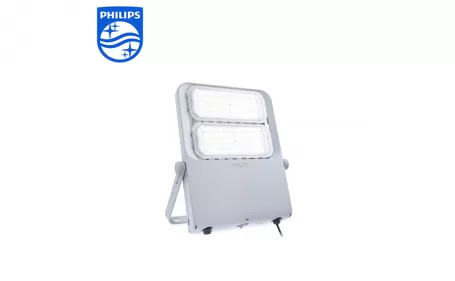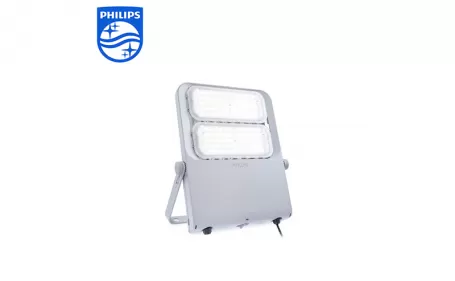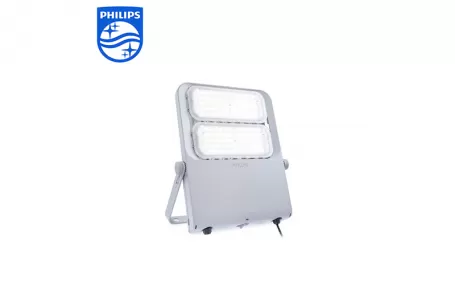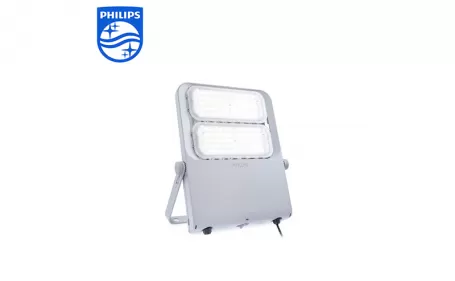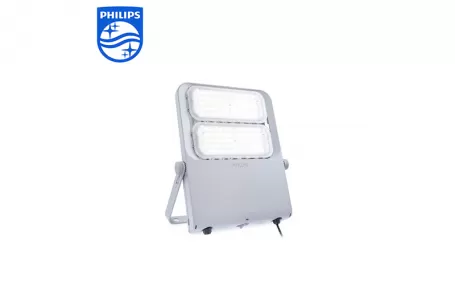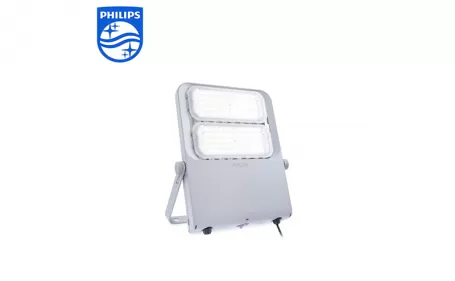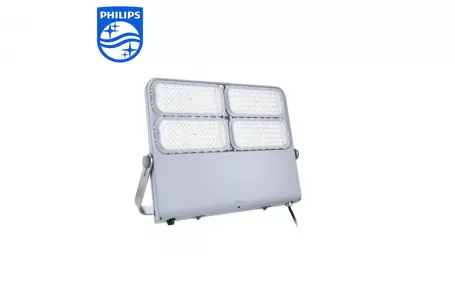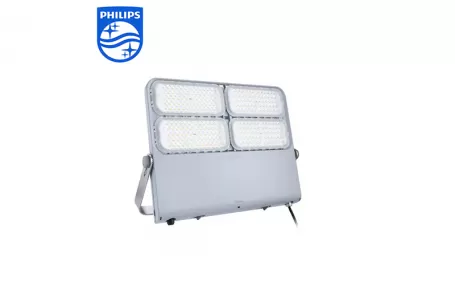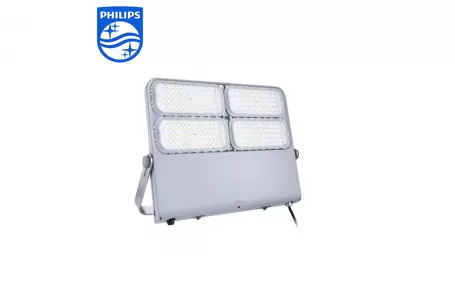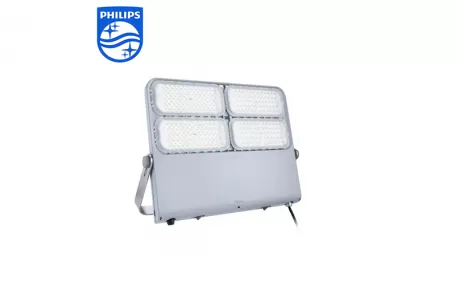Lighting is a fundamental aspect of architecture that goes beyond mere illumination. It shapes the mood, functionality, and aesthetic appeal of commercial and industrial spaces. In this article, we'll delve into the intricacies of architectural lighting design solutions tailored specifically for commercial and industrial environments.
Understanding Architectural Lighting Design
Architectural lighting design involves the strategic use of light to enhance the visual and functional aspects of a building. It aims to create an optimal lighting environment that supports the activities within the space while highlighting architectural features.
Key Elements
Effective lighting design considers various elements, including light levels, color temperature, distribution, and control systems. These components work together to achieve the desired lighting effect.
Types of Architectural Lighting
Ambient Lighting
Ambient lighting provides general illumination, ensuring a uniform light level throughout the space. It is the foundational layer of lighting in any design.
Task Lighting
Task lighting focuses on specific areas where activities such as reading, working, or cooking take place. It ensures sufficient light levels for these tasks without causing glare.
Accent Lighting
Accent lighting highlights architectural features, artworks, or specific areas within a space. It adds depth and visual interest to the environment.
Decorative Lighting
Decorative lighting serves an aesthetic purpose, contributing to the overall design theme. Chandeliers, pendant lights, and other decorative fixtures fall under this category.
Commercial Lighting Solutions
Office Spaces
Effective lighting in office spaces boosts productivity and reduces eye strain. It typically includes a combination of ambient and task lighting, with an emphasis on energy efficiency.
Retail Environments
In retail, lighting plays a crucial role in enhancing the shopping experience. It highlights products, creates an inviting atmosphere, and guides customers through the store.
Hospitality Industry
Lighting in hotels, restaurants, and other hospitality venues creates ambiance and enhances the guest experience. It balances functionality with aesthetic appeal to make spaces welcoming and comfortable.
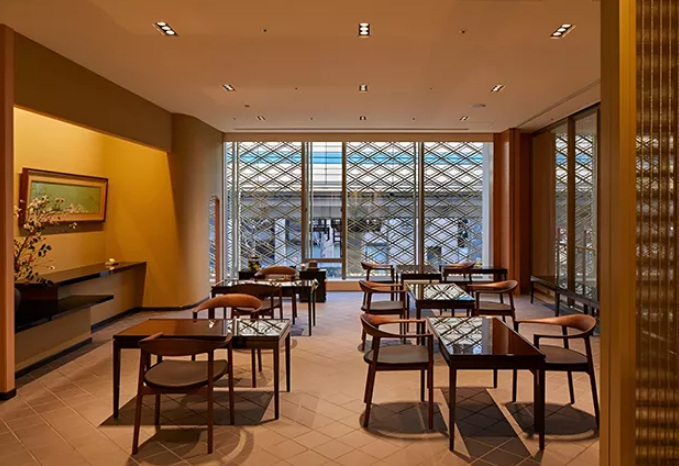
Industrial Lighting Solutions
Manufacturing Plants
Industrial lighting in manufacturing plants ensures worker safety and enhances productivity. High-intensity lighting is essential for detailed work, while durable fixtures withstand harsh conditions.
Warehouses
In warehouses, adequate lighting improves visibility and safety. High bay lighting is commonly used to illuminate large spaces effectively.
Outdoor Industrial Areas
Outdoor industrial lighting requires robust solutions to withstand environmental factors while ensuring security and visibility. Floodlights and area lights are typical choices.
Energy Efficiency in Lighting Design
LED Technology
LED lights are highly energy-efficient and have a long lifespan. They are increasingly popular in both commercial and industrial settings due to their cost-effectiveness and low maintenance requirements.
Smart Lighting Systems
Smart lighting systems allow for automated control and optimization of lighting based on occupancy, daylight availability, and other factors. They contribute significantly to energy savings.
Challenges in Commercial and Industrial Lighting
Addressing Glare and Shadows: Managing glare and shadows is crucial to ensure visual comfort and safety in commercial and industrial settings.
Ensuring Safety Standards: Compliance with safety standards and regulations is paramount in lighting design to protect occupants and workers.
Maintaining Aesthetic Appeal: Balancing functionality with aesthetic appeal can be challenging, but it is essential for creating a pleasant environment.
Benefits of Professional Lighting Design
Enhanced Productivity: Well-designed lighting can significantly enhance productivity by creating a comfortable and efficient workspace.
Improved Safety: Proper lighting reduces the risk of accidents and ensures a safe working environment.
Aesthetic Value: A well-lit space is visually appealing and can enhance the overall design and ambiance of a building.
Conclusion
Architectural lighting design is a critical component of commercial and industrial spaces. It enhances functionality, safety, and aesthetic appeal while supporting energy efficiency. Whether you're planning a new project or upgrading an existing space, investing in professional lighting design can yield significant benefits.
FAQs
What is the role of an architectural lighting designer?
An architectural lighting designer creates lighting plans that enhance the functionality, safety, and aesthetic appeal of a space.
How does lighting impact employee productivity?
Proper lighting reduces eye strain, improves mood, and increases focus, leading to higher productivity levels.
What are the benefits of using LED lights in commercial spaces?
LED lights are energy-efficient, have a long lifespan, and require less maintenance compared to traditional lighting solutions.
How can smart lighting systems benefit industrial settings?
Smart lighting systems optimize energy use, improve safety, and provide greater control over lighting conditions in industrial environments.
What should I consider when planning a lighting design project?
Consider the specific needs of the space, energy efficiency, compliance with safety standards, and the overall design vision.


